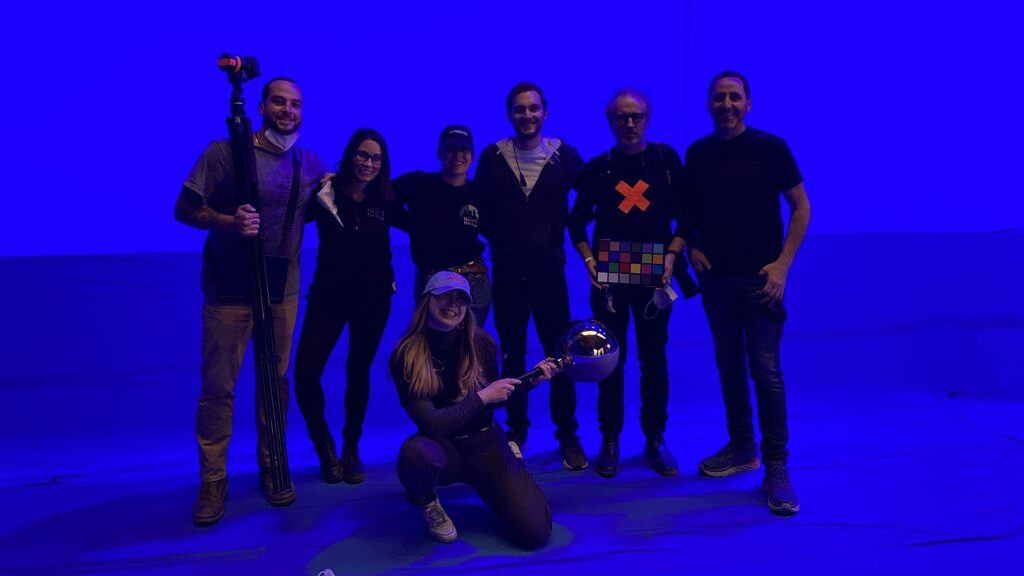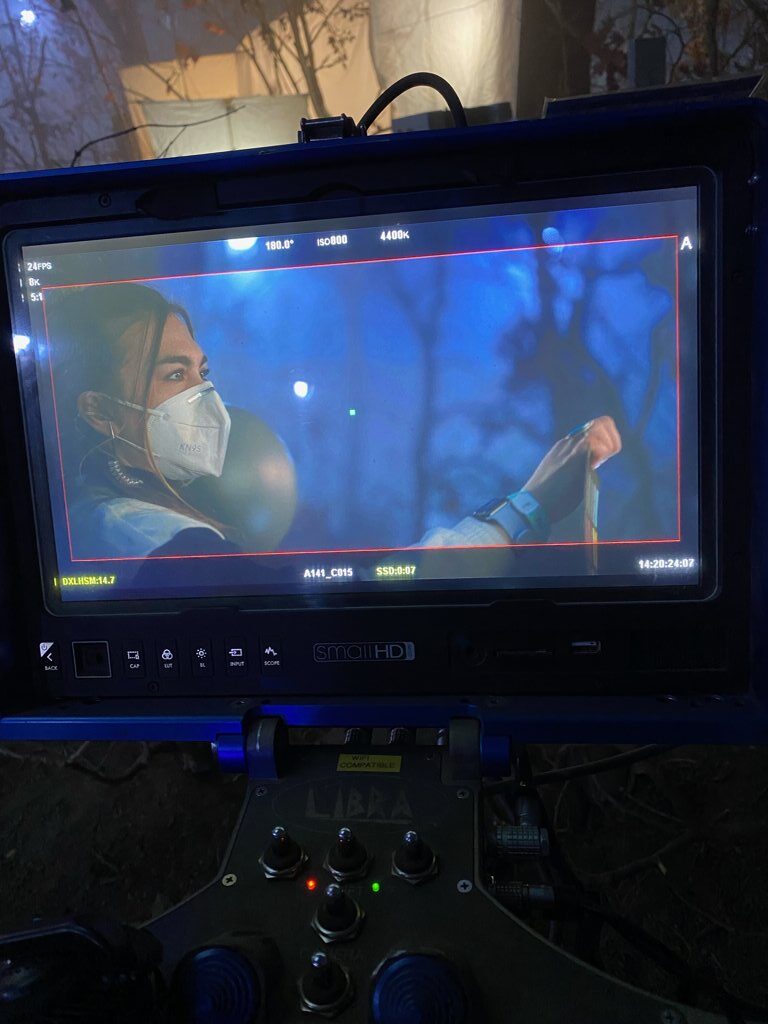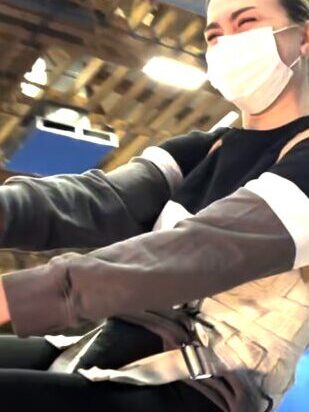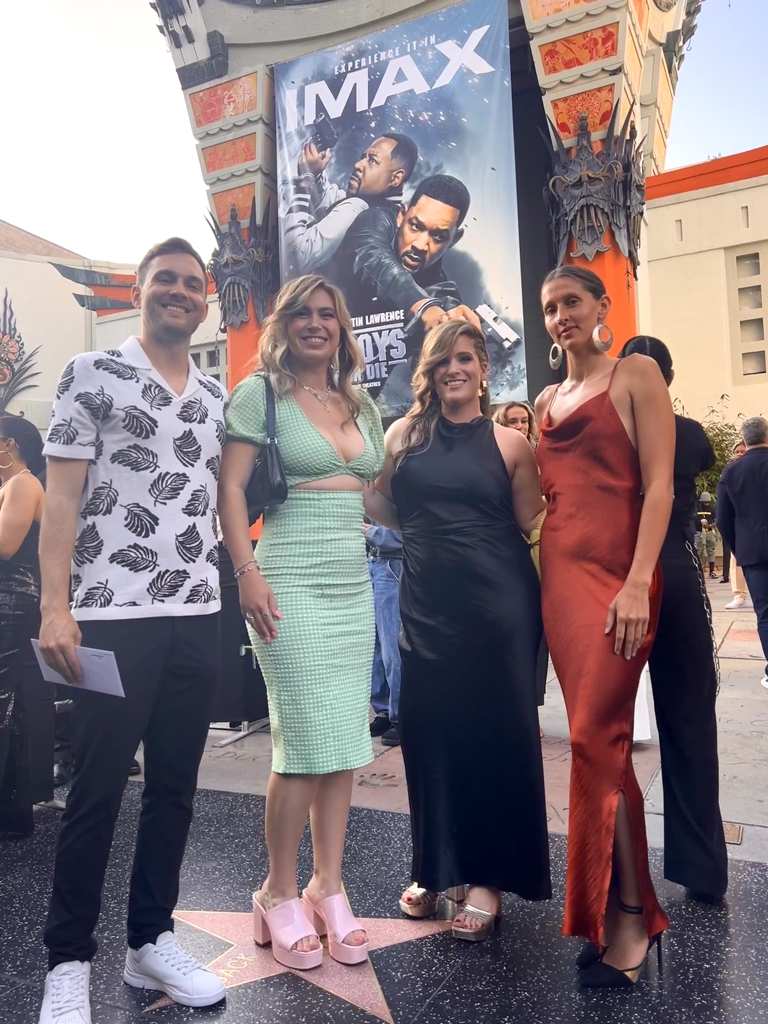From Wheaton to Hollywood: Bay Gammans on Life in VFX
Bay Gammans ’18 never thought she would end up in visual effects. A double major in Film & New Media and Anthropology with a minor in Journalism, Bay left Wheaton thinking she’d work in documentary or news production. But after years of exploring different paths, from a Fulbright in Malaysia to late nights editing news in Providence, she found herself immersed in the world of visual effects.
FNMS Department Assistant Sierra Seetin ’28 recently spoke with Bay about her navigation into the VFX industry, the highs and lows of being on set, and what it’s really like working in the industry.
Sierra: What was the transition like after Wheaton?
Bay: After graduating, I spent a year in Malaysia on a Fulbright, teaching English. When I came back, I started working in social media and events, then landed a job as a digital content producer for WPRI in Providence. I was there during COVID, and it was a really intense time—emotionally draining, honestly. News was important work, but I realized pretty quickly it wasn’t what I wanted to do long-term.
So I started cold-calling and emailing people, joining Facebook groups for PAs, just trying to find a way onto a film set. I interned for a commercial producer on weekends while still working in news, and eventually, I got hired as an eco-friendly production assistant on Spirited—the Christmas movie with Ryan Reynolds and Will Ferrell. That job came through a Facebook group, actually. And it was my news background, being used to long hours and unpredictable chaos, that helped me get hired.

How did you find your way into visual effects (VFX)?
On Spirited, I started making connections with other PAs, one of whom helped me get onto Hocus Pocus 2. I started as a PA in the AD department, but it wasn’t a great fit. I remember talking to someone on set who said, “Figure out which department has people you genuinely like being around.” That really stuck with me.
At the time, I was also obsessed with Corridor Crew on YouTube and fascinated by how VFX worked. I thought I’d have to go back to school for that, but I started asking the VFX team questions, just out of curiosity. Eventually, they needed a PA and asked if I’d be interested. I said yes immediately. That moment basically changed everything.
After that, I moved to LA to continue working on Hocus Pocus 2 in post-production. I was flown out by the VFX producer, who also shipped my car across the country. It was an incredible show of support. From there, I slowly moved from PA to assistant coordinator, and by the end of the project, I was credited as a VFX coordinator.


What does your job actually look like, day to day?
It’s a lot of communication between directors, producers, editors, and the VFX vendors. We’re kind of the hub that keeps everyone aligned. If there’s a scene where, say, a character is flying through the air, we have to coordinate drone shoots for the background plate, talk to editors about where the shot lands in the cut, and then send everything to the VFX vendors to build the final shot. Once we get something back, we review it, then present it to the director for notes. It’s very detail-heavy, very organized, but also super collaborative.
And it’s long hours—12-hour days are common, even in post. When we’re getting close to delivery deadlines, weekends aren’t off-limits either.
How do you balance such a demanding job with your personal life?
It’s not easy. I’ve missed weddings. I’ve missed big life events. But I’ve also built a whole community through my work, my best friends are often my coworkers, and we sometimes get apartments together when we’re on the same project. That helps a lot.
When I’m between jobs, I try to take real breaks. I took this past summer off and spent it in Massachusetts. I went hiking, visited Yosemite, drove the Pacific Coast Highway. Those resets are so important.


What advice do you have for students who might be interested in film or VFX?
Be curious. Be willing to do anything. I started by getting cast lunches. I once stood in for Nicole Kidman—not because I looked like her, but because we needed someone in the seat for a camera test and no one else was around. That’s how film sets work: if you can fill a role, you just do it.
And take classes you wouldn’t normally take. I still use Python from my comp sci class at Wheaton. And Josh Stenger’s Visualizing Cultural Data class. I use spreadsheets every single day. At the time I thought, “Why am I doing this?” But honestly, I owe that man so much.
What’s next?
I’m about to start a new gig as a VFX Production Manager. My long-term goal is to become a VFX Producer. I love managing, organizing, problem-solving—being the one keeping the whole thing moving. I’ll still be part of the creative conversations, but I don’t need to be the creative. I just want to make sure everything runs smoothly.
-
Categories:
- Academics
- Film & New Media Studies